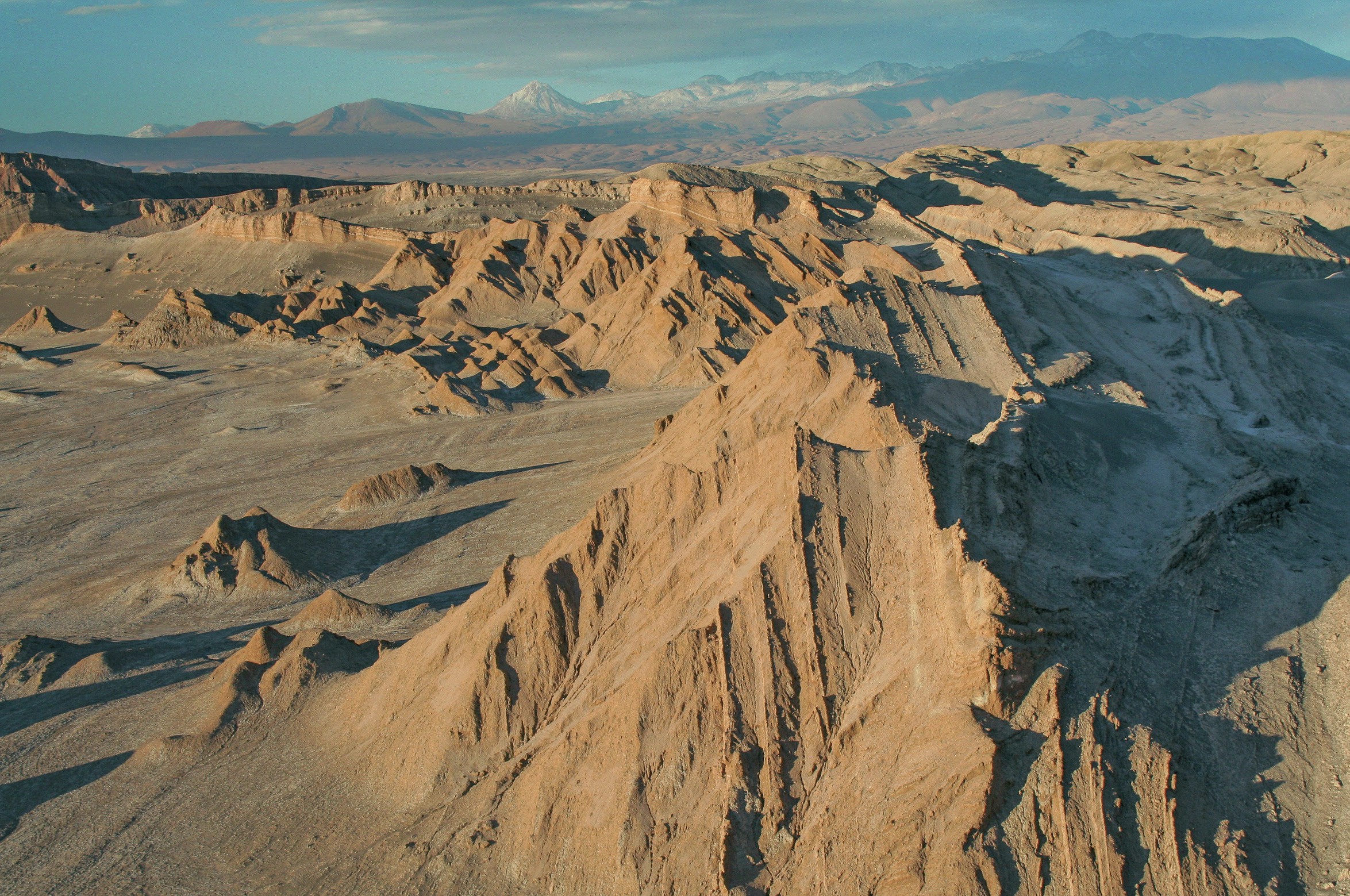
Deserts occupy 37% of the land area of the globe — 47% if their semiarid margins are included, where the rainfall occurs in up to 5 months of the year. Since roughly 20% of the world’s population live in these dry lands, it is important to understand why they are so dry.
Travellers in deserts soon become aware that, although the daytime temperatures can rise to well above 30°C, the night temperatures can plummet to below freezing. The air at ground surface often becomes so cold before dawn that even in summer water vapour condenses to form dew. In the Sahara and Arabia Deserts gazelles and other small antelopes can sometimes be seen licking this water from the darker rocks on the ground shortly before sunrise. The early morning dew also makes the surface of sand dunes much firmer and easier for camels and humans to cross.
Your organisation does not have access to this article.
Sign up today to give your students the edge they need to achieve their best grades with subject expertise
Subscribe




